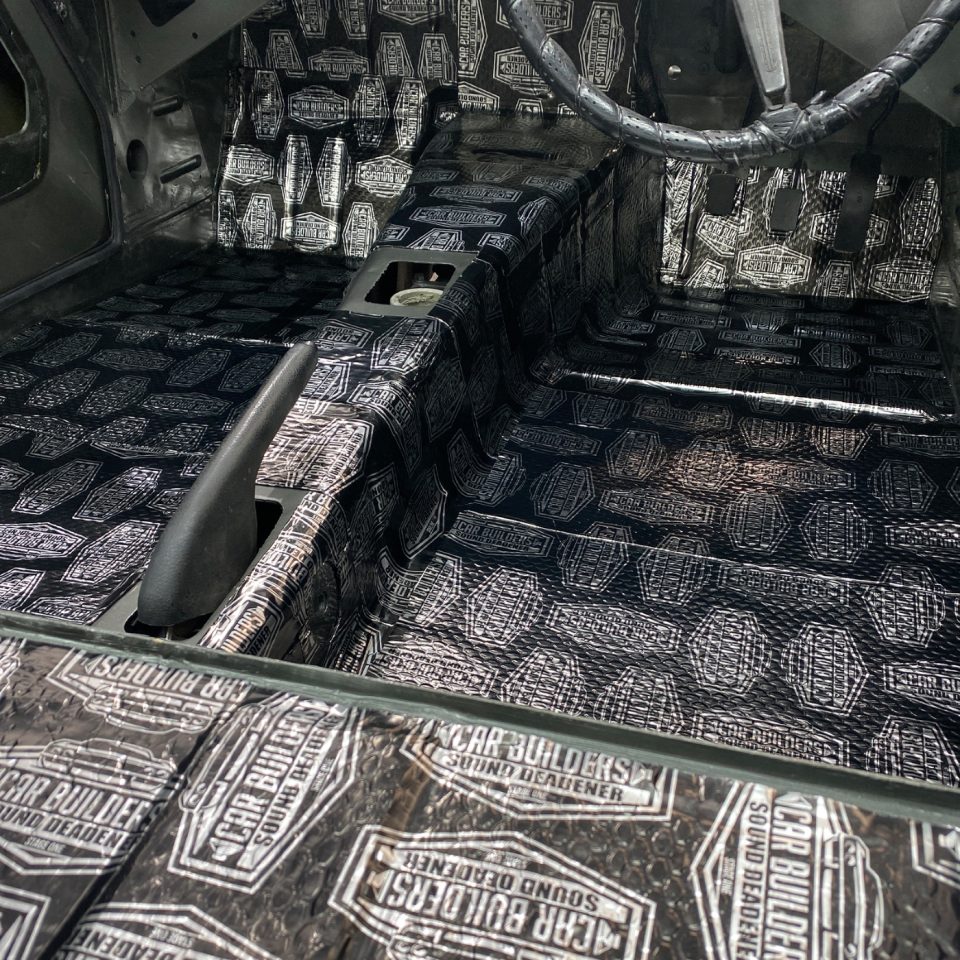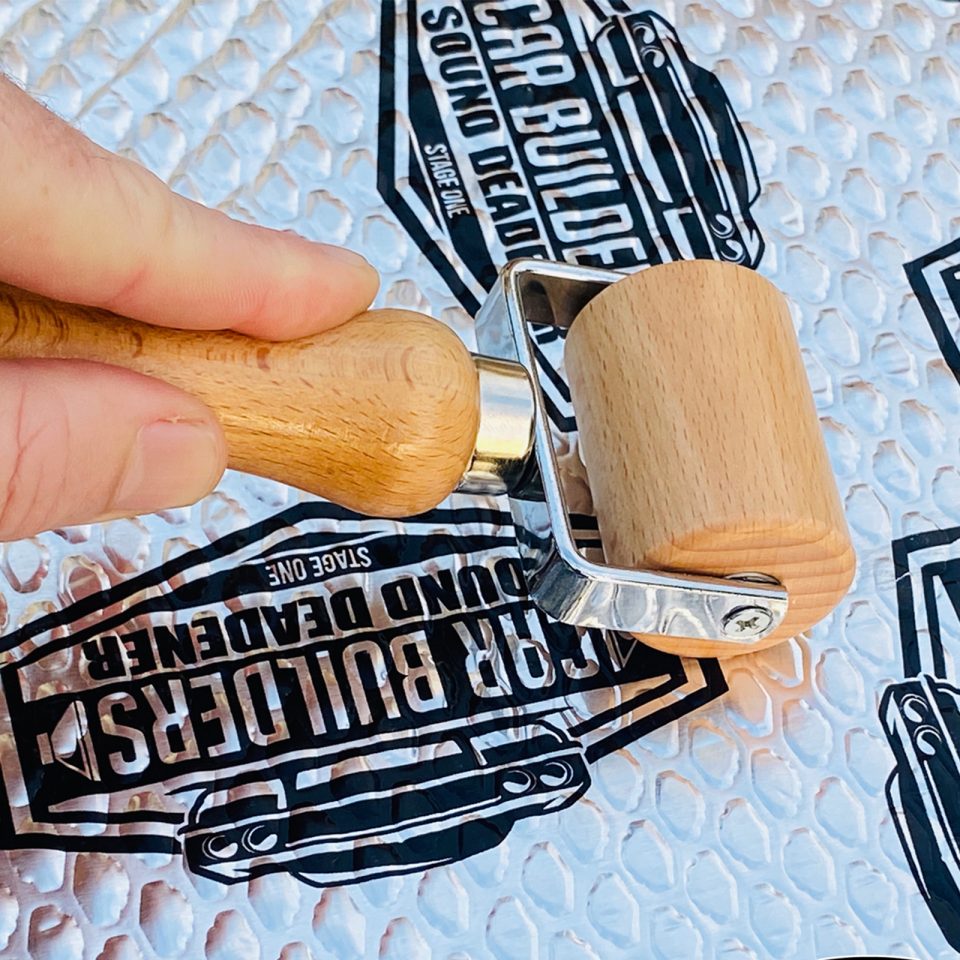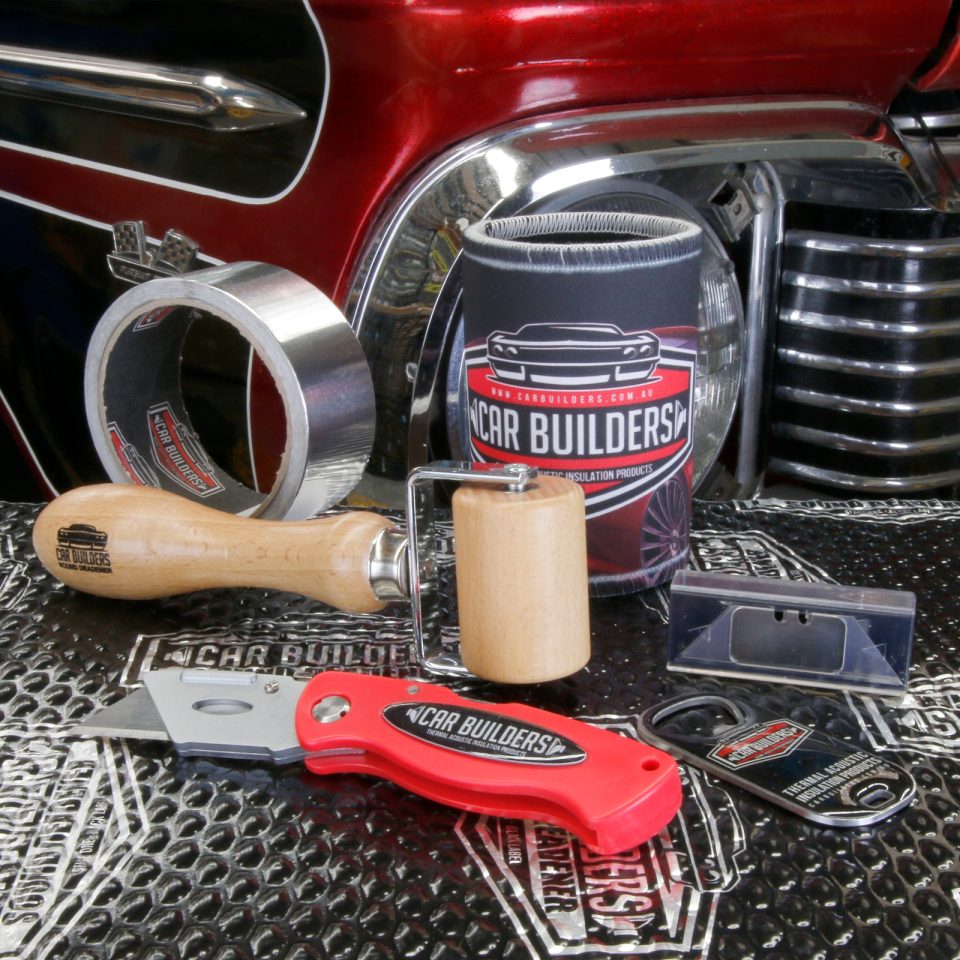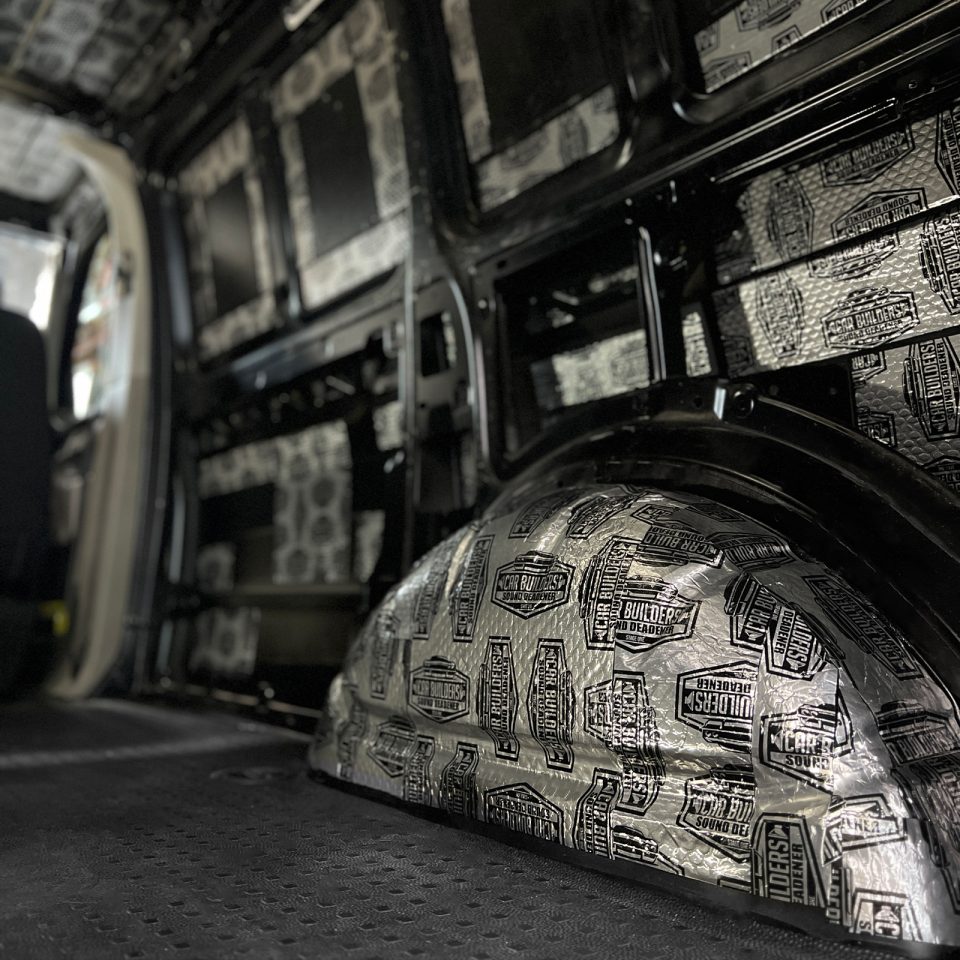Contents
In the world of automotive customization and improvement, one often overlooked aspect is sound deadening. For car enthusiasts and everyday drivers alike, reducing road noise and enhancing audio quality inside the vehicle can significantly improve the driving experience. Auto sound deadening material is the go-to solution for those seeking a quieter, more comfortable ride.
Let’s discuss the auto sound deadening material types available, their benefits, and how to choose the right one for your vehicle.
What Is Auto Sound Deadening Material?

Auto sound deadening material is designed to reduce or eliminate unwanted noise inside a vehicle. This includes road noise, engine noise, and vibrations that can disrupt the cabin’s acoustics. By applying these materials to various parts of the car, such as the doors, floor, roof, and trunk, you can create a more serene environment that enhances your overall driving experience.
Types of Auto Sound Deadening Materials

Butyl Rubber Mats
Butyl rubber mats are one of the most popular types of sound deadening materials. They are known for their excellent vibration damping properties and are often used on doors, floors, and trunks. Butyl rubber is flexible, easy to apply, and provides a good balance between effectiveness and cost. It also resists heat and moisture, making it durable over time.
Foam Insulation
Foam insulation, often made from closed-cell foam, is lightweight and easy to install. It is effective in reducing airborne noise and providing thermal insulation. Foam insulation is commonly used on the roof, hood, and doors. It can also serve as a complementary layer over butyl rubber mats to enhance soundproofing.
Mass Loaded Vinyl (MLV)
Mass loaded vinyl is a dense, flexible material designed to block sound transmission. It’s heavier than other sound deadening materials and is usually applied to the floors and doors. MLV is highly effective at reducing low-frequency noises, such as engine hum and exhaust drone. However, its weight can be a drawback, especially if you’re trying to keep your vehicle as light as possible.
Spray-On Sound Deadening
Spray-on sound deadening products are typically made from rubber or asphalt-based compounds. They are applied directly to the vehicle’s metal surfaces, such as the undercarriage and wheel wells. Spray-on sound deadening is particularly effective for hard-to-reach areas and provides a seamless application. It’s also great for protecting the vehicle from rust and corrosion.
Sound Deadening Panels
Sound deadening panels are pre-formed pieces that can be installed in specific areas of the vehicle. They are often made from a combination of foam and mass-loaded vinyl. These panels are ideal for those who want a more straightforward installation process, as they can be custom-fitted to various parts of the car.
Benefits of Using Auto Sound Deadening Material

Noise Reduction
The most apparent benefit of auto sound deadening material is the reduction of unwanted noise. Whether it’s the roar of the engine, the hum of the tires, or the wind rushing past your windows, sound deadening materials can significantly lower the decibel levels inside your car. This creates a more peaceful environment, allowing for easier conversations and a more enjoyable ride.
Improved Audio Quality
If you’re an audiophile, sound deadening material is essential for getting the most out of your car’s sound system. By reducing ambient noise, these materials enhance the clarity and depth of your music. You’ll be able to hear every note and beat without the interference of outside sounds, making your audio experience far more immersive.
Increased Comfort
A quieter car is a more comfortable car. Reducing noise can make long drives less tiring and more pleasant. This is particularly beneficial for those who spend a lot of time on the road, whether for work or leisure. Additionally, some sound deadening materials also offer thermal insulation, helping to keep the cabin cooler in the summer and warmer in the winter.
Enhanced Vehicle Value
Installing sound deadening material can also increase the resale value of your vehicle. A quieter, more comfortable ride is a selling point for potential buyers. It shows that you’ve taken steps to improve the vehicle’s overall quality, which can translate to a higher selling price.
How to Choose the Right Sound Deadening Material

Area of Application
Different materials are better suited for different parts of the car. Butyl rubber mats and foam insulation are versatile and can be used in multiple areas, while MLV is best for floors and doors. Consider where you need the most noise reduction and choose the material accordingly.
Thickness and Weight
Thicker materials generally offer better sound deadening properties, but they can also add more weight to your vehicle. If performance and fuel efficiency are concerns, you may want to opt for lighter materials like foam insulation or thinner rubber mats. However, for maximum soundproofing, heavier options like MLV may be worth the trade-off.
Ease of Installation
Some sound deadening materials are easier to install than others. For DIY enthusiasts, peel-and-stick mats or pre-formed panels are convenient and straightforward. Spray-on solutions require more preparation and may need professional application, but they are excellent for comprehensive coverage.
Cost
Budget is always a consideration. Butyl rubber mats and foam insulation are typically more affordable, while MLV and custom panels can be more expensive. Weigh the benefits against the cost to determine the best option for your needs.
Conclusion
Auto sound deadening material is an investment in your vehicle’s comfort, audio quality, and overall driving experience. By carefully selecting the right type of material and applying it to key areas of your car, you can enjoy a quieter, more serene ride that makes every journey more enjoyable. Whether you’re an audiophile looking to enhance your sound system or simply want a more peaceful drive, sound deadening materials offer a practical solution that delivers lasting benefits.

